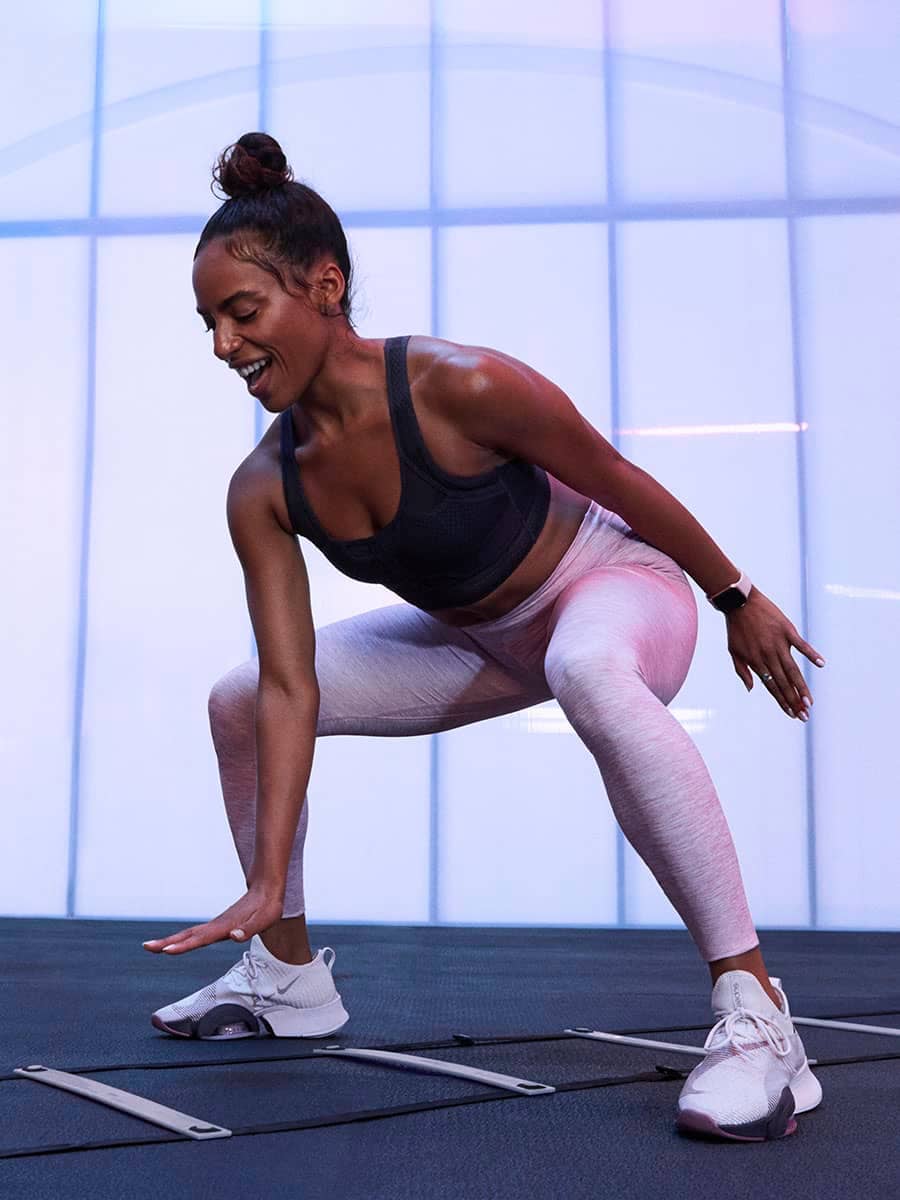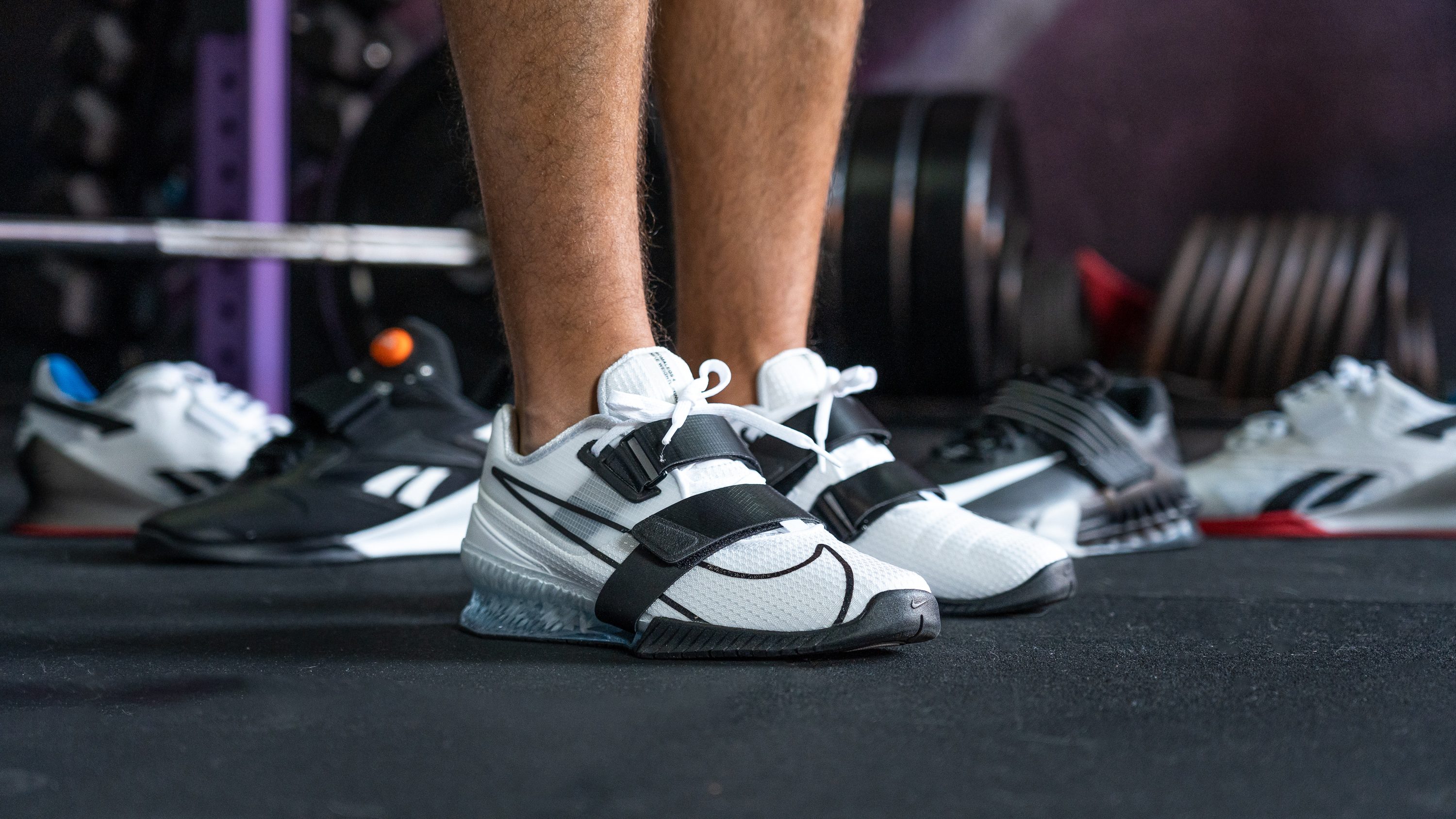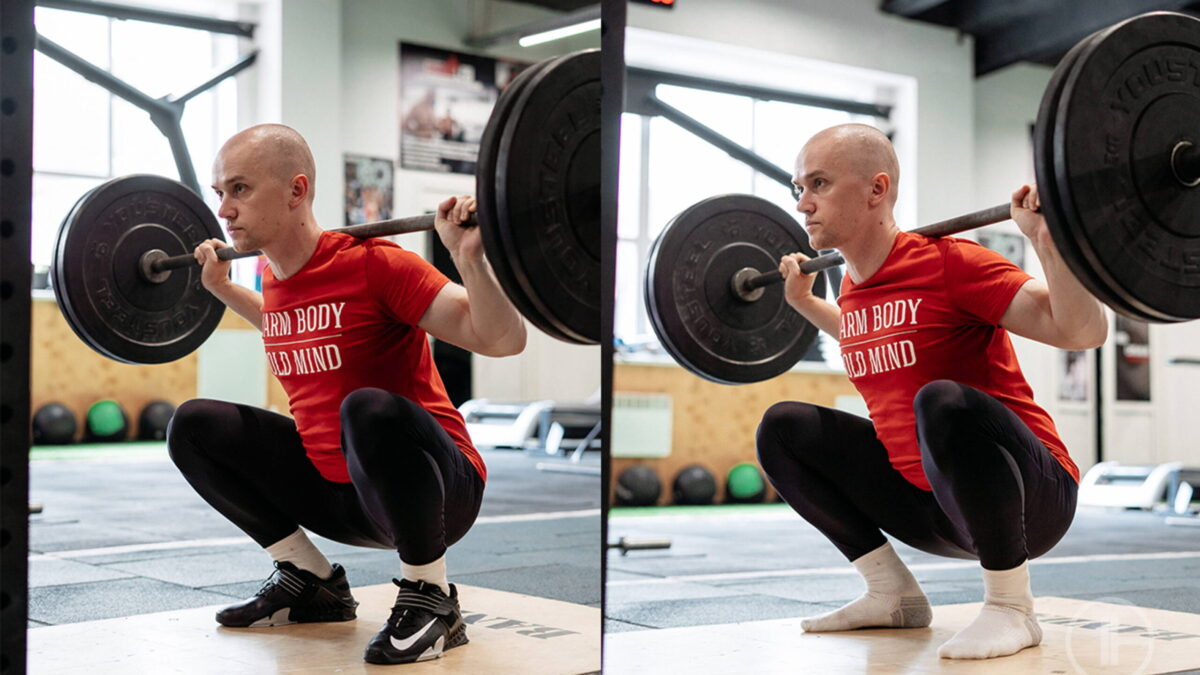Squatting is a fundamental exercise that not only builds leg strength but also engages your core and promotes overall body fitness. Choosing the right pair of shoes for squatting can significantly impact your performance, comfort, and safety. In this comprehensive guide, we’ll explore the best shoes to squat in, backed by real-world experiences, expert tips, and detailed comparisons. Whether you’re a seasoned lifter or just starting your fitness journey, finding the right footwear is essential!
Why Footwear Matters for Squatting
When it comes to squatting, the importance of proper footwear cannot be overstated. The right shoes provide stability, traction, and support, which are crucial for maintaining form and preventing injuries. Here are some key reasons why choosing appropriate squat shoes is vital:
- Stability: A stable base allows you to maintain proper squatting posture.
- Support: The right shoes prevent foot fatigue and support your arches during heavy lifts.
- Traction: Good grip minimizes the risk of slipping, especially on smooth surfaces.
- Height: Elevated shoes can improve ankle mobility, allowing for deeper squats.
Understanding Different Types of Squat Shoes
There are various types of shoes designed specifically for squatting, each catering to different preferences and techniques. Here’s a brief overview:
Olympic Weightlifting Shoes
Olympic weightlifting shoes are designed with a stiff sole and an elevated heel, providing excellent support and stability for squats and Olympic lifts. These shoes often feature a leather or synthetic upper for durability and a secure fit.
Powerlifting Shoes
Powerlifting shoes typically have a minimalistic design with a flat sole to maintain a solid connection with the ground. They provide a different kind of support, allowing for maximal power output during heavy lifts.

Cross-Training Shoes
Cross-training shoes are versatile and can be used for various exercises, including squatting, but they may not offer the same level of stability as specialized squat shoes. They are suitable for those who engage in multiple types of workout routines.
Best Shoes to Squat In: Our Top Picks
Now that we understand the importance of the right footwear, let’s dive into the best shoes for squatting on the market today. Each shoe is evaluated based on performance, comfort, durability, and user feedback.

1. Nike Romaleos 4
The Nike Romaleos 4 is a favorite among serious lifters for its stability and comfort. Designed with a wide base and a raised heel, this shoe allows for better squat depth and balance.
Key Features:
- Heel Height: 20mm for improved depth.
- Material: Durable synthetic upper with a reinforced heel.
- Strap System: Dual strap system for a locked-in fit.
Pros:
- Excellent stability for heavy lifts.
- Comfortable and breathable design.
Cons:
- Higher price point compared to competitors.
- May require a break-in period.

2. Adidas Adipower Weightlifting Shoes
Adidas is known for its high-quality footwear, and the Adipower Weightlifting Shoes are no exception. These shoes are meticulously crafted for serious lifters, providing both comfort and performance.
Key Features:
- Heel Height: 15mm elevation for better squat form.
- Material: High-quality leather upper.
- Sole: Stiff sole for improved power transfer.

Pros:
- Great for both squatting and Olympic lifts.
- Very durable construction.
Cons:
- May feel a bit stiff initially.
- Limited color options.

3. Reebok Legacy Lifter II
For lifters looking for a stylish yet functional option, the Reebok Legacy Lifter II is an excellent choice. This shoe combines a performance-driven design with a fashionable aesthetic.
Key Features:
- Heel Height: 22mm heel for excellent support.
- Material: Soft leather and mesh for breathability.
- Strap System: Adjustable strap for a customizable fit.

Pros:
- Great design that looks good in and out of the gym.
- Provides excellent ankle support.
Cons:
- Heavier compared to other options.
- Pricey for casual lifters.

4. Inov-8 Fastlift 335
The Inov-8 Fastlift 335 is a versatile shoe that can be used for both weightlifting and cross-training. Its lightweight design makes it ideal for those who switch between workouts.
Key Features:
- Heel Height: 12mm for a balanced feel.
- Material: Flexible upper for movement.
- Weight: Lightweight design.
Pros:
- Great flexibility for various exercises.
- Affordable compared to others in its class.
Cons:
- Less stability for extremely heavy lifts.
- Sizing can be inconsistent.
5. Under Armour TriBase Reign 3
Under Armour’s TriBase Reign 3 is designed for cross-training but has gained popularity in the lifting community due to its stability and support during squats.
Key Features:
- Heel Height: Flat design with a low profile.
- Material: Breathable mesh and synthetic upper.
- Core Stability: TriBase technology for optimal floor contact.
Pros:
- Very comfortable for all-day wear.
- Versatile for various workout styles.
Cons:
- May not provide enough elevation for deep squats.
- Durability could be better for heavy use.
Comparison Table of Top Squat Shoes
| Brand/Model | Heel Height | Type | Price | Rating |
|---|---|---|---|---|
| Nike Romaleos 4 | 20mm | Olympic | $199 | 4.8/5 |
| Adidas Adipower | 15mm | Olympic | $180 | 4.7/5 |
| Reebok Legacy Lifter II | 22mm | Olympic | $199 | 4.6/5 |
| Inov-8 Fastlift 335 | 12mm | Crossover | $130 | 4.4/5 |
| Under Armour TriBase Reign 3 | Flat | Crossover | $140 | 4.5/5 |
Real-World Experiences: What Lifters Say
To better understand the impact of footwear on squatting, we interviewed several gym enthusiasts from different backgrounds. Here are some of their insights:
John, a Powerlifter
John swears by the Nike Romaleos 4. “I used to lift in running shoes, and I struggled to maintain my form. Since switching to Romaleos, my stability has improved tremendously, and I’ve been able to increase my lift weights significantly.”
Sarah, a CrossFit Trainer
Sarah prefers the Inov-8 Fastlift 335. “I love their versatility. I can squat heavy, do box jumps, and even run short distances. Plus, they don’t feel bulky like some other weightlifting shoes.”
Mike, a Recreational Lifter
Mike started with generic sneakers but upgraded to the Reebok Legacy Lifter II. “I didn’t realize how much my foot position affected my squatting until I made the switch. These shoes provide the right amount of support and make a noticeable difference in my form!”
Tips for Choosing the Right Squat Shoes
When selecting the perfect pair of shoes for squatting, consider the following tips:
1. Assess Your Squatting Style
Your squatting style plays a major role in shoe selection. If you prefer a wide stance, a shoe with greater stability may be beneficial. For a narrow stance, consider shoes with a higher heel to assist with depth.
2. Know Your Foot Type
Understanding your foot type (flat, neutral, or high-arched) can help ensure you choose shoes that provide the right level of support and comfort. This can minimize foot fatigue during heavy lifting sessions.
3. Try Before You Buy
Always try on shoes before making a purchase, preferably at the end of the day when your feet are swollen. Walk around in them to see how they feel and ensure they fit snugly without being too tight.
4. Research Customer Reviews
Look at user reviews and testimonials to gain insights into how specific shoes perform over time. This real-world feedback can help you make a more informed decision.
FAQs: Everything You Need to Know about Squatting in the Right Shoes
1. Do I need special shoes for squatting?
While it’s not mandatory, special shoes can greatly enhance your squatting performance and overall safety, especially for serious lifters.
2. Can I squat in running shoes?
Running shoes provide padding and flexibility, which might not offer the stability needed for squats. It’s better to use shoes designed for lifting.
3. What’s the difference between squat shoes and regular athletic shoes?
Squat shoes typically have a flatter, more rigid sole and elevated heel (for Olympic lifting), which helps maintain a solid base and proper form. Regular athletic shoes often have cushioned soles that can compromise balance.
4. How do I break in squat shoes?
It’s advisable to wear your shoes for short periods before heavy lifting sessions. Gradually increasing usage can help them adapt to your feet.
5. Should I size up when buying squat shoes?
Most lifters recommend that squat shoes fit snugly but not too tight. It’s often best to size up slightly, especially if you have wider feet.
6. Can I use my squat shoes for other workouts?
While some shoes are versatile enough for various workouts, it’s best to use specialized squat shoes primarily for lifting to maintain their integrity.
7. How often should I replace my squat shoes?
Depending on use, you should consider replacing your squat shoes every 6-12 months. Signs of wear, such as a flattened sole or loss of support, indicate it’s time for a replacement.
8. Are expensive squat shoes worth it?
Higher-priced shoes often come with advanced features and materials that enhance performance. However, it’s essential to find a balance between budget and your personal needs.
9. What are the best brands for squat shoes?
Brands like Nike, Adidas, Reebok, and Inov-8 are well-known for producing high-quality squat shoes favored by athletes worldwide.
10. How important is heel height in squat shoes?
Heel height can significantly affect your squat depth and form. Generally, a higher heel is beneficial for Olympic-style squats, while a flatter shoe works better for powerlifting.
11. Can I train legs in squat shoes only?
While squat shoes are designed for stability during squats, they can also be useful for other leg exercises, such as deadlifts, especially if they provide adequate flat support.
Conclusion: Step Up Your Game with the Right Shoes
Selecting the right shoes for squatting can enhance your lifting experience and lead to better results in your training. Whether you opt for the stiff, supportive nature of Olympic weightlifting shoes or the versatile design of cross-training shoes, your footwear choice matters.
We hope this guide helps you in your journey to find the perfect pair of squat shoes that not only provide comfort but also promote performance and safety. Happy lifting!